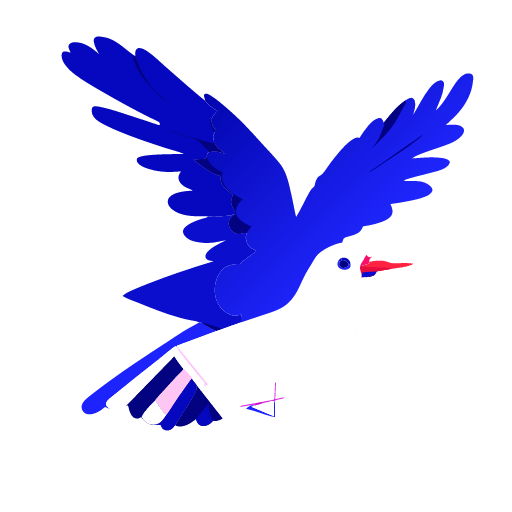In recent years, artificial intelligence (AI) has been making waves across various industries, and the world of arts is no exception. From visual arts to music composition, AI is reshaping how we create, consume, and think about art. This technological revolution is opening up new possibilities, sparking debates, and challenging our understanding of creativity itself.
AI as a Creative Tool
One of the most significant impacts of AI in the arts is its role as a powerful creative tool. Artists are now collaborating with AI to push the boundaries of their work. In the visual arts, AI algorithms can generate unique images, assist in digital painting, and even create entirely new art styles. Tools like DALL-E and Midjourney have gained popularity, allowing users to generate images from text descriptions, opening up new avenues for visual storytelling and concept art.
In music, AI is being used to compose original pieces, create backing tracks, and even mimic the styles of famous composers. This technology is not just limited to creation; it’s also being used in post-production, mixing, and mastering, potentially democratizing the music production process.
Redefining Authorship and Originality
The integration of AI in art creation raises intriguing questions about authorship and originality. When an AI system generates a piece of art based on its training data, who owns the copyright? The programmer, the user, or perhaps the AI itself? These questions are not just philosophical but have real-world implications for intellectual property law and artistic recognition.
Moreover, AI’s ability to analyze and mimic existing styles challenges our notions of originality. As AI becomes more sophisticated in recreating the styles of famous artists, we may need to reassess what we value in art – is it the uniqueness of style, the emotional impact, or something else entirely?
Democratization of Art
AI is also playing a role in democratizing art creation and appreciation. With user-friendly AI tools, individuals with little to no artistic training can now create impressive visual and audio content. This democratization is breaking down barriers to entry in the art world, allowing more diverse voices to be heard and seen.
Additionally, AI is enhancing art appreciation through personalized recommendations and virtual museum experiences. Machine learning algorithms can analyze user preferences to suggest artworks they might enjoy, potentially exposing them to new artists and styles they might not have discovered otherwise.
Challenges and Controversies
Despite its potential, the integration of AI in arts is not without challenges. There are concerns about AI potentially replacing human artists, especially in commercial fields like illustration and stock photography. However, many argue that AI should be seen as a tool to enhance human creativity rather than a replacement for it.
There’s also the issue of bias in AI algorithms. If not carefully designed and trained, these systems can perpetuate and amplify existing biases in art, potentially marginalizing certain styles or cultural expressions.
The Future of AI in Arts
As AI technology continues to advance, we can expect even more profound changes in the art world. We might see AI-human collaborations become more seamless, with AI serving as an “intelligent assistant” that can understand and execute complex artistic visions. Virtual and augmented reality coupled with AI could create immersive, interactive art experiences that blur the lines between creator and audience.
Ultimately, AI is not just changing how art is made; it’s changing how we perceive and value art. As we navigate this new landscape, it’s crucial to approach these changes with both excitement for the possibilities and critical thinking about their implications.
The integration of AI in arts is not about replacing human creativity but augmenting it, challenging it, and pushing it to new frontiers. As we stand at the cusp of this artistic revolution, one thing is clear: the world of arts will never be the same again.




